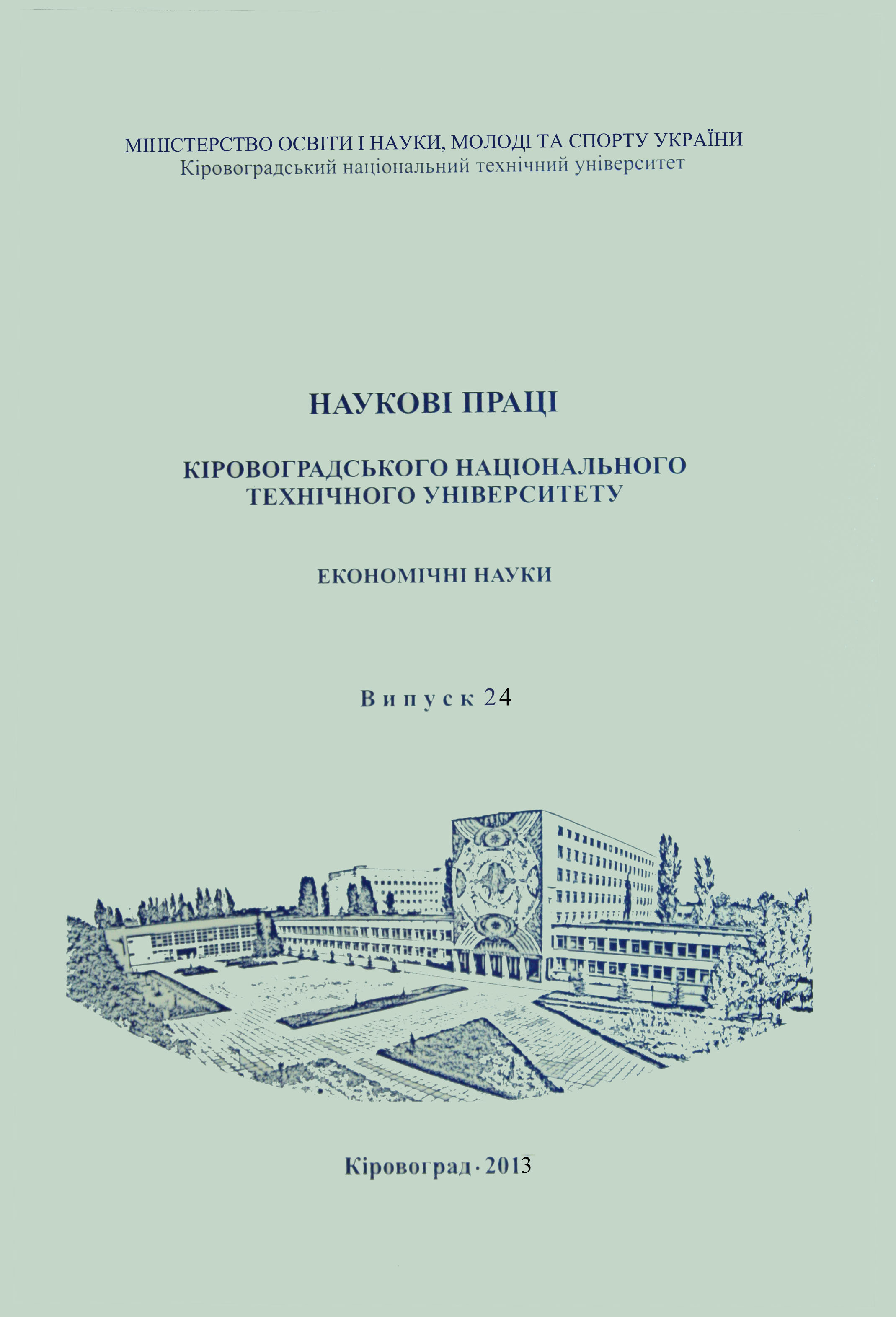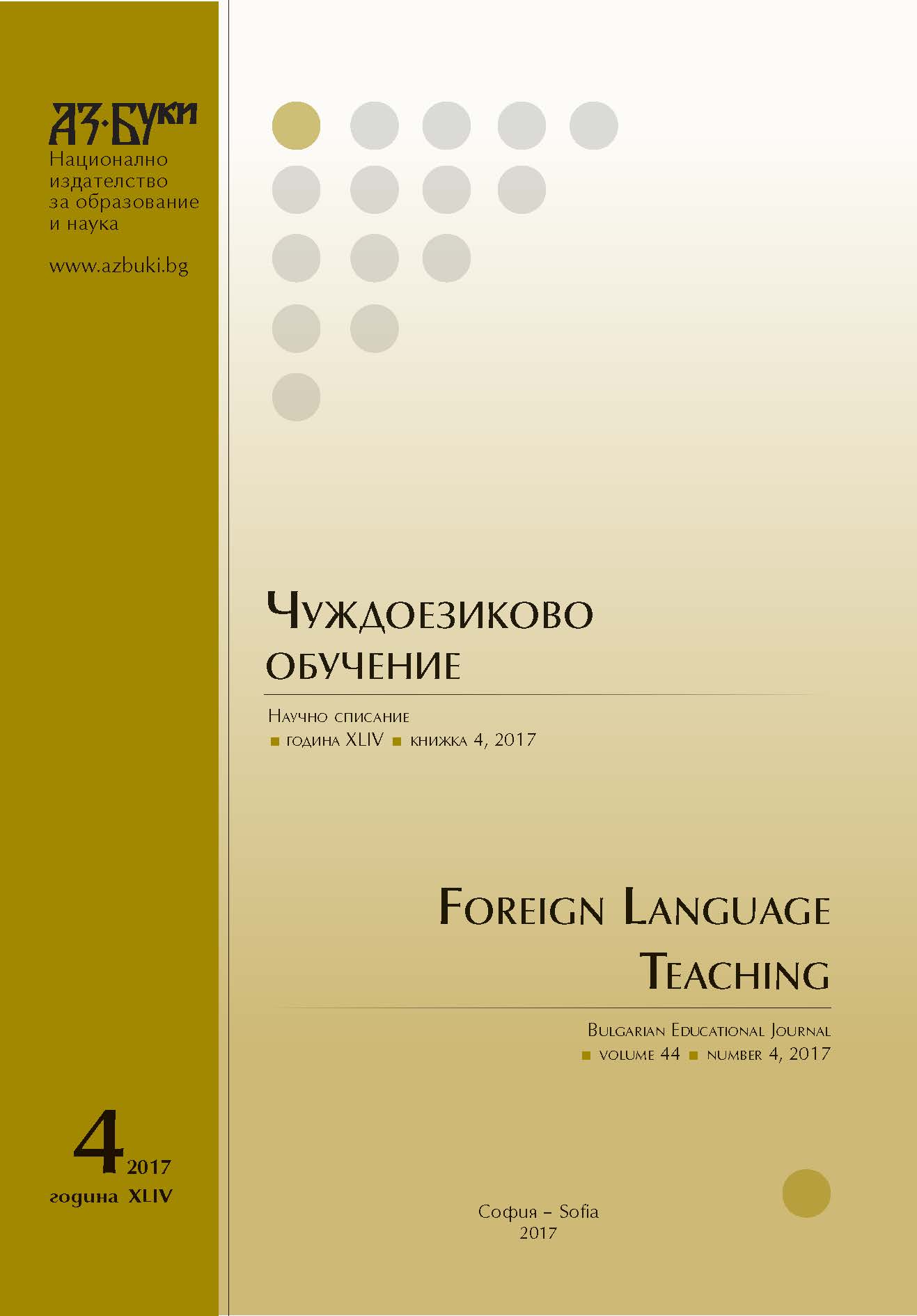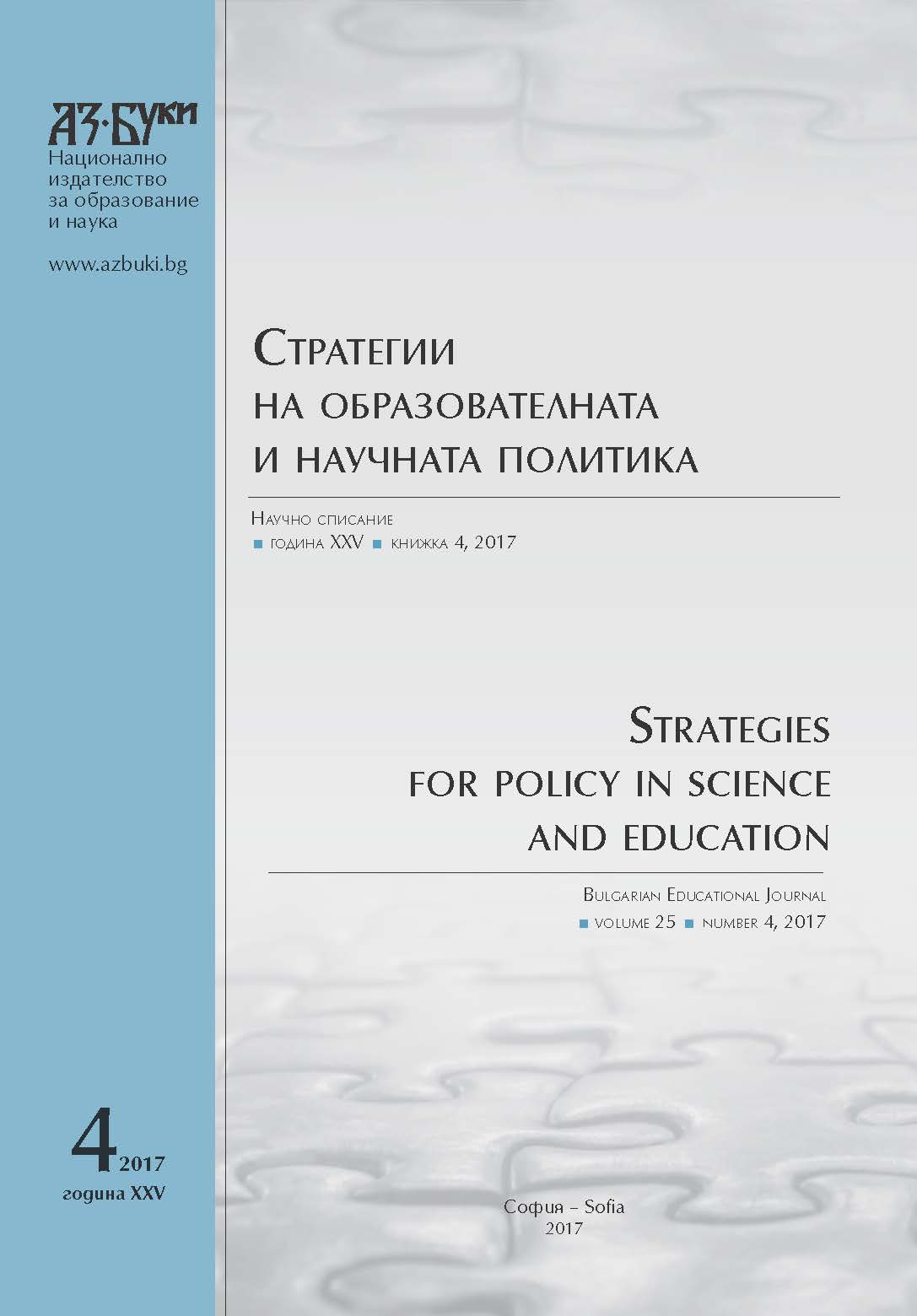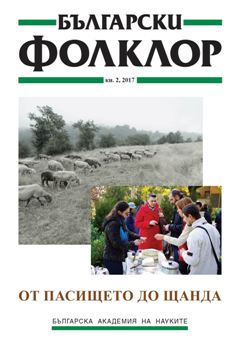
Емоційний інтелект персоналу як основа ефективного розвитку організації
The objective of the article is a comprehensive research of correlation and interdependence between emotional staff intellect and efficient development of organization, differentiation of criteria for emotionally intellectual organization and its formation. The development of emotional intellect is directly linked to the formation and conditions for the emotional management. The emotional activities, from the viewpoint of emotional management, are directed to optimization of an organization’s emotional atmosphere being a responsibility and a competence of manager. Hence, the staff emotional intellect is essential for emotionally intellectual organization’s formation which is being possible if a number of conditions are available. The main problem here is definition of ways, instruments and methods to form the constituents of such organization.
More...


